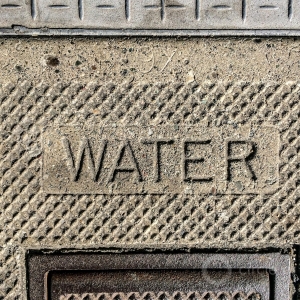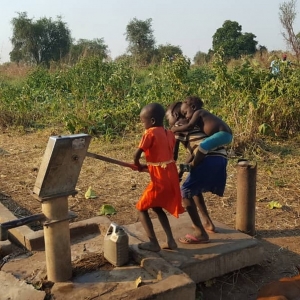The Stream, August 9, 2019: Toxic Algae Blooms Becoming More Common Across the United States
The Global Rundown
Toxic algae blooms plague lakes and rivers across the United States. Despite the recent end of the rainy season, more than a million people in Kenya face drought. Several U.S. Great Lakes reach all-time high water levels for July. Monsoon rains in India revive soybean and peanut crops, but also cause deadly flooding in the western and southern parts of the country.
“The fear which we had a month ago that the crop is going to be much lower than last year seems to have evaporated now. The oilseed belt has got reasonably good rain.” –Atul Chaturvedi, president of Solvent Extractors’ Association of India, in reference to the arrival of monsoon rains in India’s soy and peanut-growing areas. Rainfall in the region was 31 percent below normal levels in June, but 8.5 percent above normal levels in July. Bloomberg
Latest WaterNews from Circle of Blue
Amid Rising Water Rates, Massachusetts Cities Have Inequitable Affordability Policies, Report Finds — Policies favor homeowners, according to Northeastern University study.
HotSpots H2O: Taps Run Dry for Millions in Zimbabwe’s Capital — Half of residents in Zimbabwe’s capital are without municipal drinking water as drought and inadequate infrastructure parch the city of some 4.5 million people.
By The Numbers
33 People who have been killed by recent monsoon flooding in western and southern India. Some parts of Maharashtra received 26.4 inches (670 millimeters) of rain in a week, forcing authorities to release water from swollen dams. In Maharashtra and surrounding states, at least 180,000 people have been displaced by the latest round of rainfall. Reuters
100 years Length of time that records have been kept on water levels in the U.S. Great Lakes. The waterbodies have broken a variety of records this summer, and the trend continued in July, with Lakes Superior, Erie, Ontario, and St. Clair reaching record-high levels for the month. MLive
Science, Studies, and Reports
Blue-green algae blooms are on the rise in water bodies across the United States, and many of the blooms contain microcystins, a dangerous toxin that can cause a variety of health problems in people and animals. Using EPA data from 2007 and 2012, as well as state data from 2018, the Environmental Working Group (EWG) produced an interactive map showing lakes and rivers where microcystins have been detected in the contiguous 48 states. EWG
On the Radar
Despite a few months of recent rainfall, officials in Kenya say the precipitation wasn’t enough to ease deep-seated drought in some parts of the country. The dry conditions have left more than a million people in northern Kenya facing severe food insecurity. Al Jazeera

Kayla Ritter is a recent graduate of Michigan State University, where she studied International Relations and Teaching English to Speakers of Other Languages. She is currently based in Manton, Michigan. Kayla enjoys running, writing, and traveling. Contact Kayla Ritter






Leave a Reply
Want to join the discussion?Feel free to contribute!